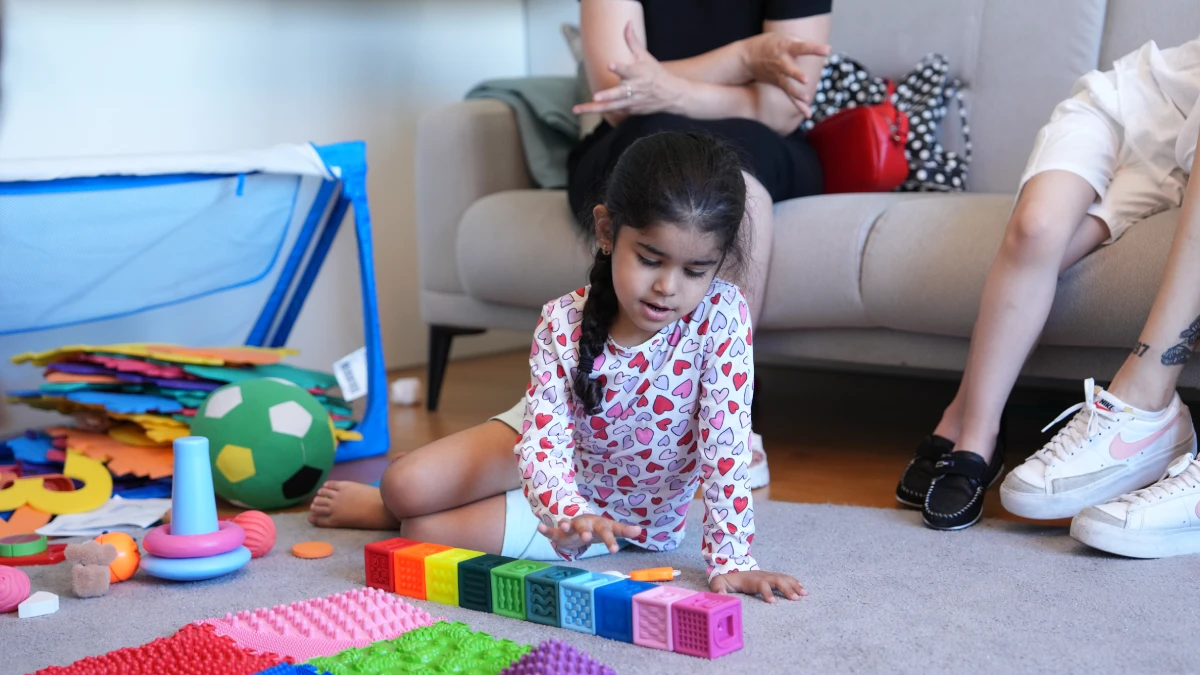The Healing Power of Animal Companionship
For many children with autism, connecting with the world can sometimes feel overwhelming. But for those who form bonds with animals, a new sense of comfort and belonging often emerges. Pets can offer unconditional love, emotional regulation, and companionship in ways that words sometimes cannot. In this blog, we’ll explore the unique relationship between autistic children and animals, the therapeutic benefits of pet ownership, and tips for choosing the right pet for your child.
Table of Contents
Why Animals Are Special Companions for Autistic Children:
- Non-Judgmental Friendship: Animals provide love without expectations or social pressures.
- Sensory Comfort: The soothing texture of fur or rhythmic purring can help with sensory regulation.
- Emotional Support: Pets can help reduce anxiety and provide a calming presence.
The Therapeutic Benefits of Pets for Children with Autism
Emotional and Social Development
Animals can act as social bridges, helping children build confidence and develop communication skills.
- Encouraging Verbal Communication: Talking to pets can enhance language development.
- Building Empathy and Responsibility: Caring for an animal fosters kindness and structure.
- Reducing Meltdowns: Animals can sense distress and offer grounding comfort.
Physical and Sensory Benefits
Interacting with animals engages the senses, promoting physical activity and self-regulation.
- Touch and Texture: Stroking fur or feeling a pet’s heartbeat can be soothing.
- Routine and Predictability: Pets thrive on routine, which can create stability for children.
- Outdoor Exploration: Walking a dog or playing outside encourages movement and connection with nature.

Choosing the Right Pet for Your Child
Selecting a pet is a deeply personal decision, and finding the best fit can enhance the bond between the child and the animal.
Things to Consider:
- Sensory Preferences: Does your child seek or avoid certain textures or movements?
- Energy Levels: A high-energy dog might be perfect for an active child, while a calm cat may suit a quieter personality.
- Allergies and Care Needs: Practical factors like allergies, space, and care requirements are important.
Popular Pet Options:
- Dogs: Loyal, affectionate, and great for emotional support.
- Cats: Independent yet cuddly, often attuned to emotions.
- Small Animals (e.g., rabbits, guinea pigs): Gentle, smaller pets that are easier to care for.
- Fish or Reptiles: Low-maintenance options that offer visual and sensory stimulation.
Conclusion: A Bond That Nurtures Growth and Joy
The connection between autistic children and animals is profound. Pets can provide comfort, companionship, and endless opportunities for learning and emotional growth. While every child is unique, many families find that the unconditional love of an animal can open doors to new experiences and bring immense joy to their lives.

